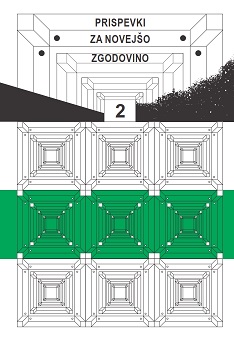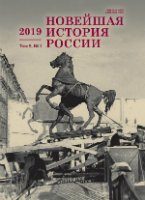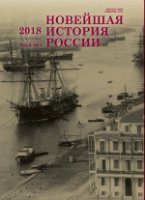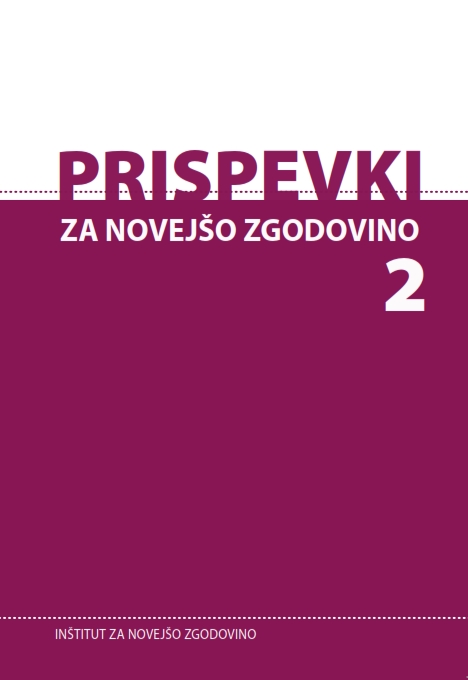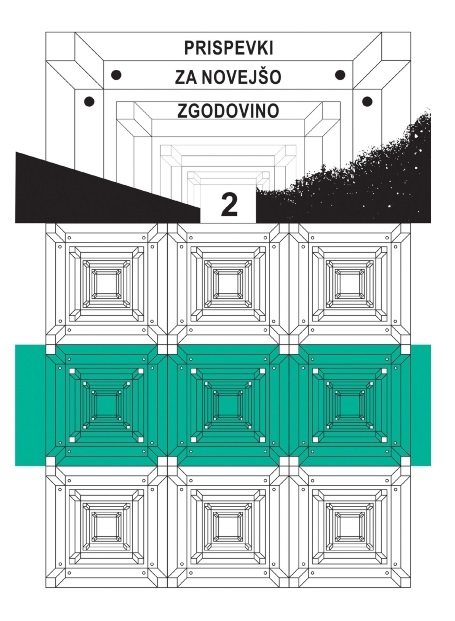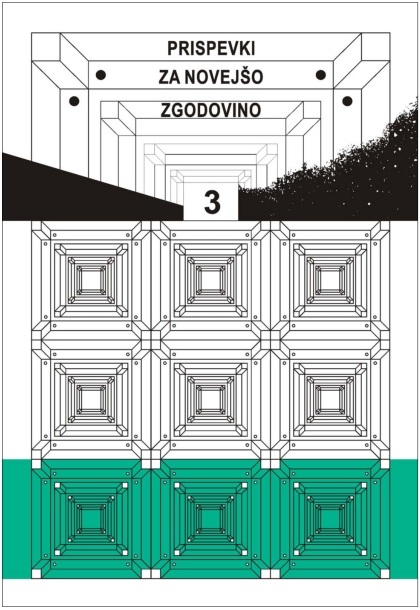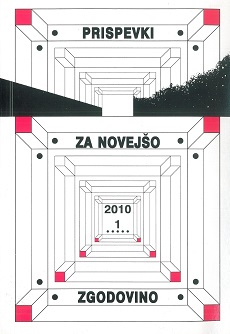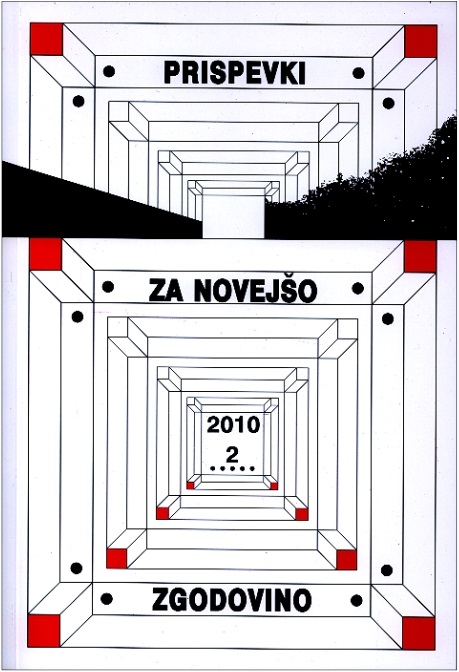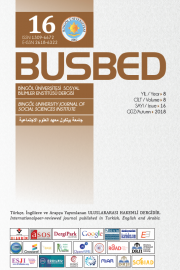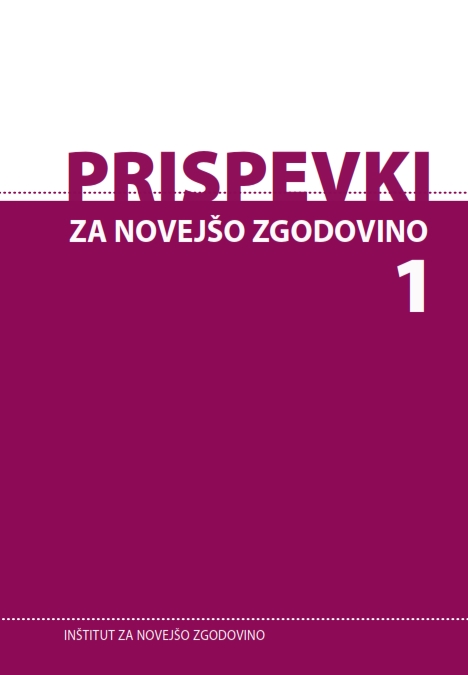
Slovenska ljudska stranka in njena organizacija (1890–1941)
The Slovenian People's Party is especially interesting in the organisational sense, as it enjoyed the greatest support of the electoral body since the formation of political parties in Slovenia in the 1890's and until the beginning of World War II in Yugoslavia, and shaped the political decisions that were of key importance for this space. In the author's opinion, the question of its organisation is at least as important to understand its politics as its ideological-political profile and programme. Methodologically, the analysis of the organisational questions and the very elaborate network of a variety of the Slovenian People Party's organisations followed the structure of three areas which every political party was based on at that time: the professional area, including the central party organisation with its secretariat and leadership; the nonprofessional area, which includes numerous non-political organisations (societies, financial institutions, media; and the parliamentary area, which includes the party's parliamentary group and ministers.
More...
